

X-craft Midget Submarines Watchkeeper-suit
In March 1942, the the story of the X-craft submarines began with Job 82. Job 82 was the order to build two midget Submarines code-named D.235 and D.236. The two prototypes were later named X3 and X4 with which the name X-craft was born. The names because X1 and X2 for the new submarines were not used because an X1 and X2 were previously in use. In 1942, trials started with the X3 and X4 while a stretch was under construction from September 1942 to January 1943. The boats were equipped with a collapsible induction mast. The 25-tonne, 13.7-metre-long boat accommodated a crew of four and had a range of 85 nm.
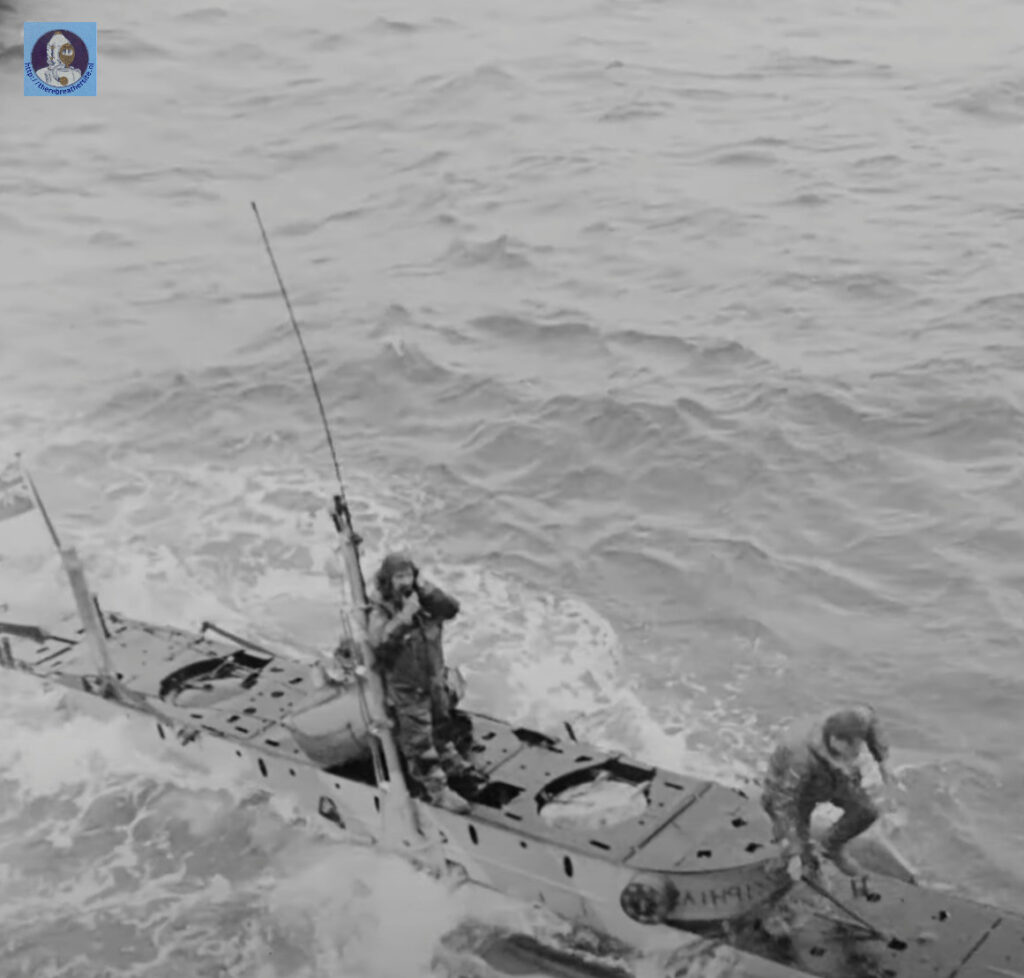
The diver on board could leave the ship through a lock to carry out underwater work. This work could include cutting the steel nets that hung in the harbours to protect the ships from underwater activities. Initially, divers had access to a pneumatic or hand-operated net cutter, which was later replaced by a hydraulic type model MKVI.
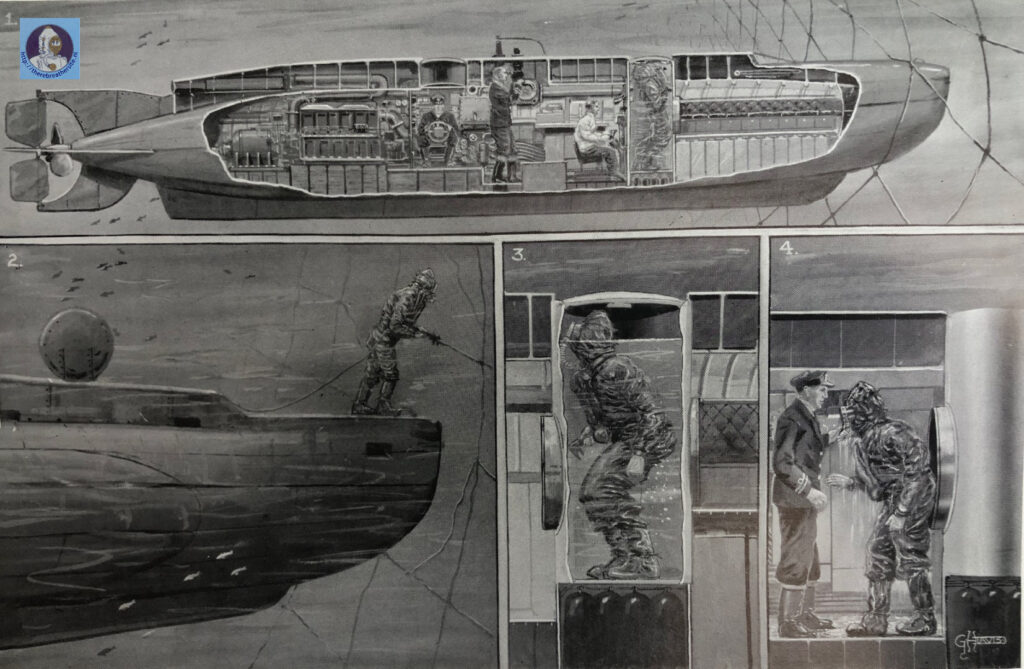
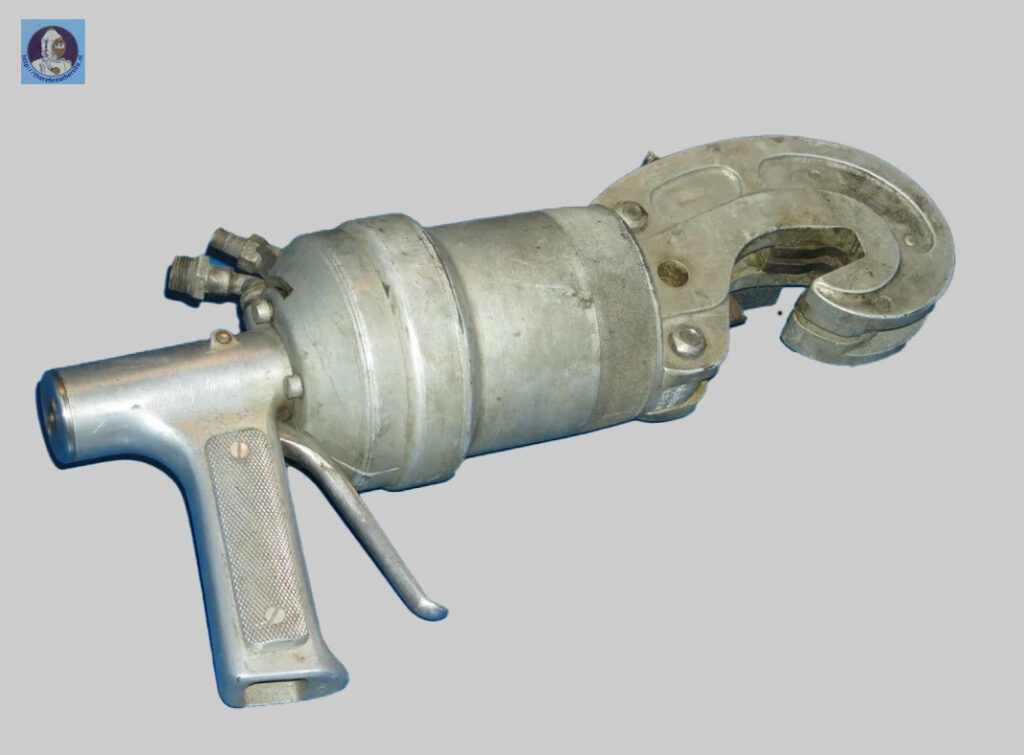
Divers on board were trained with the Frogmansuit also called Swim-suit. This compact streamlined set made it possible to swim out of the X-craft through the lock and return. On deck was a collapsible induction mast which was used to supply air to the (city bus) diesel engine when sailing on the surface. The mast was fitted with a safety rail called the Hezlet rail, named after Arthur Hezlet. It was to this mast and rail that the Watch-keeper could attach while sailing. Because extreme weather conditions could occur during surface sailing, the watchman was also equipped with a breathing apparatus, while another important reason was that the watchman could sink along should the ship have to dive unexpectedly.
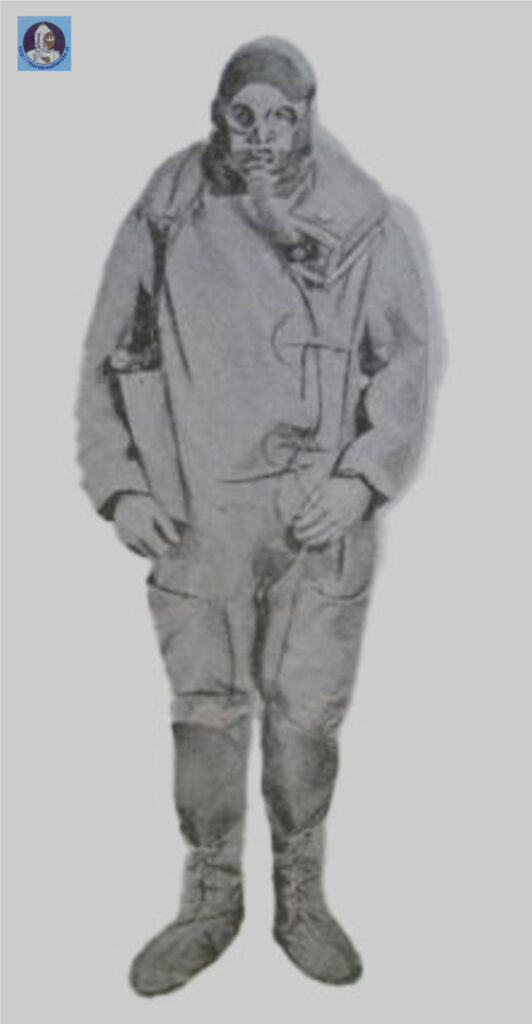
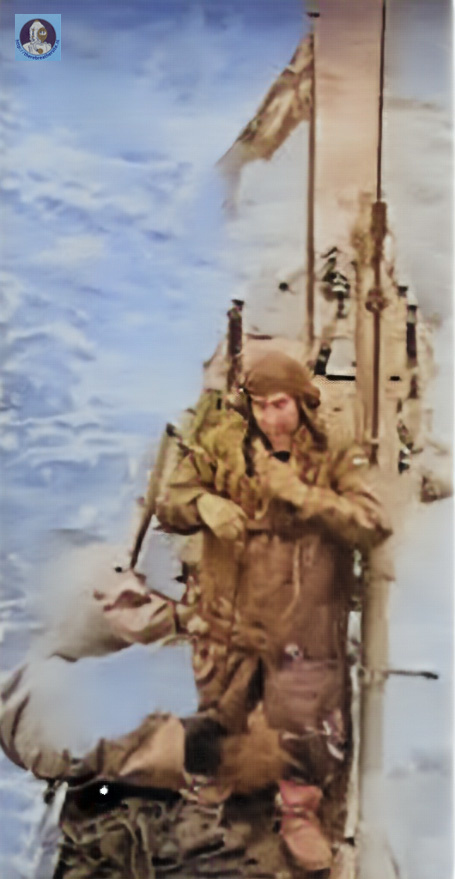
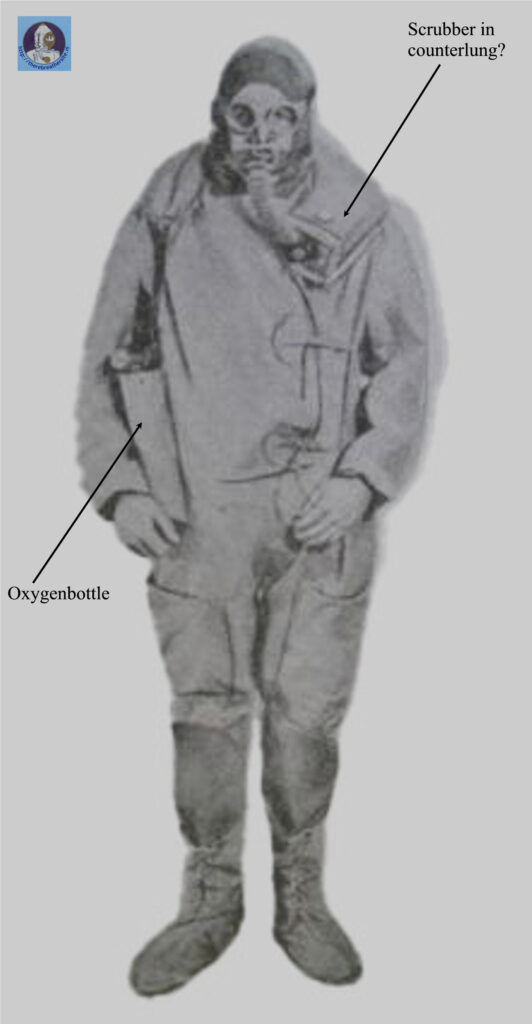
The submarine was also equipped with the DSEA, the standard escape apparatus developed by Davis. The Davis Submerged Escape Apparatus was also successfully deployed during actions conducted with the X-craft used after a Midget was sunk to 120 ft.
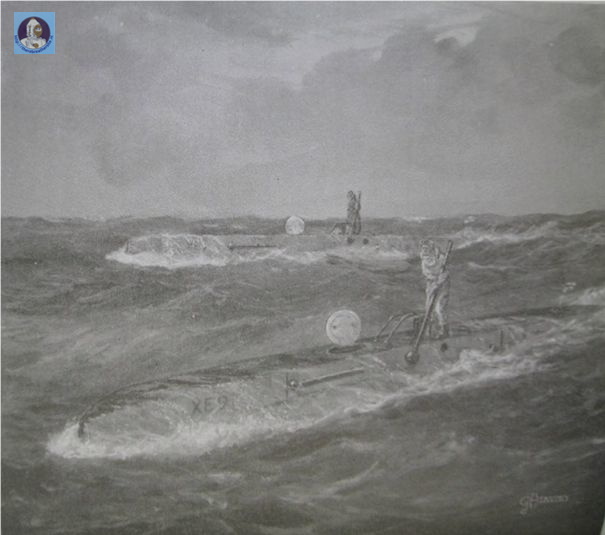
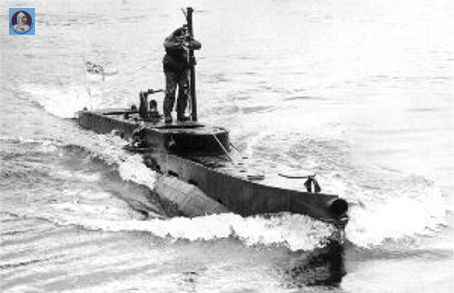
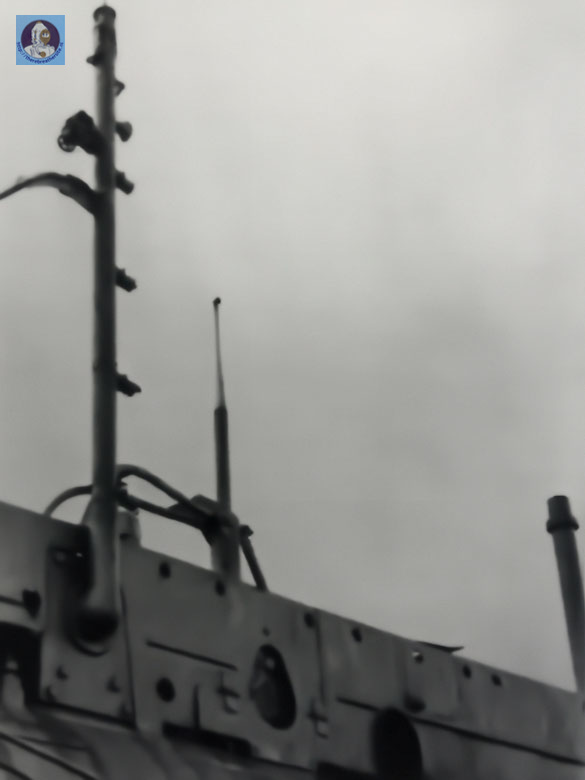
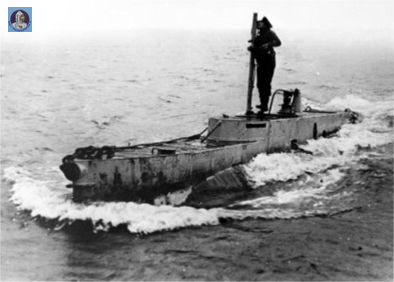
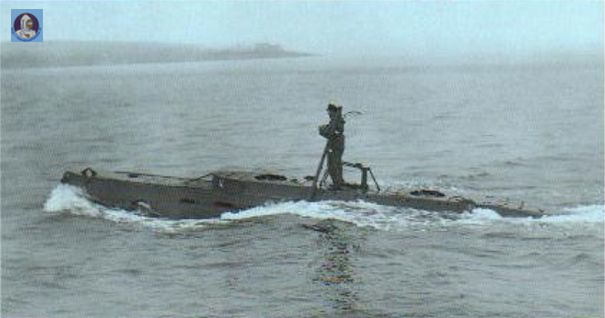
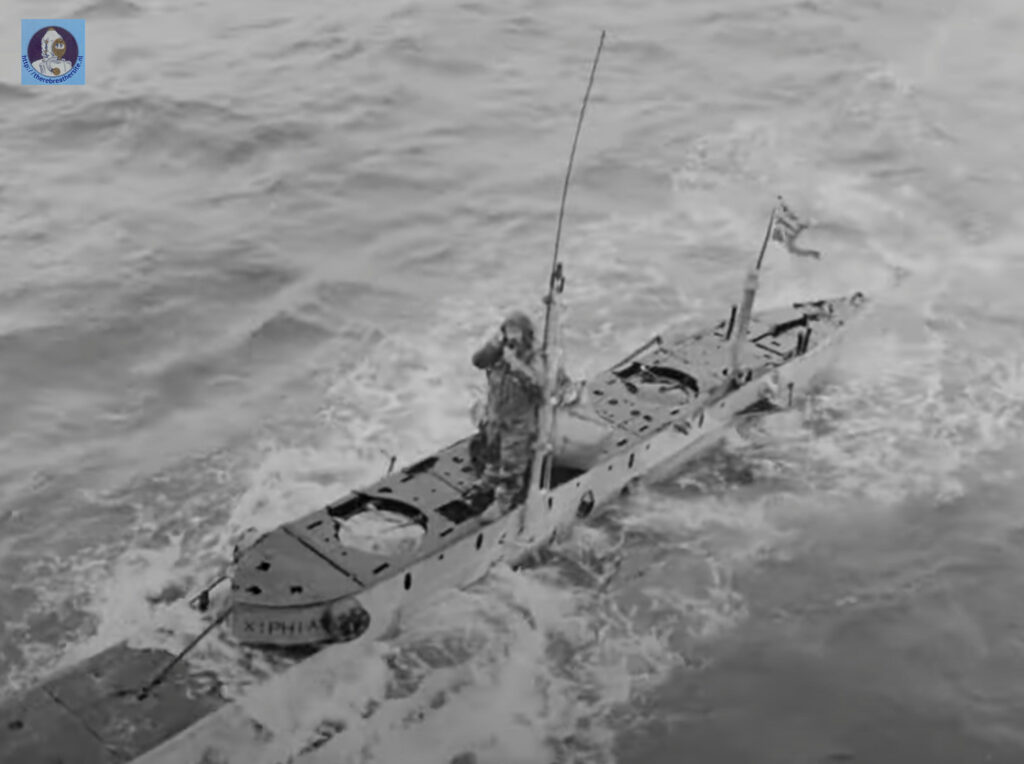
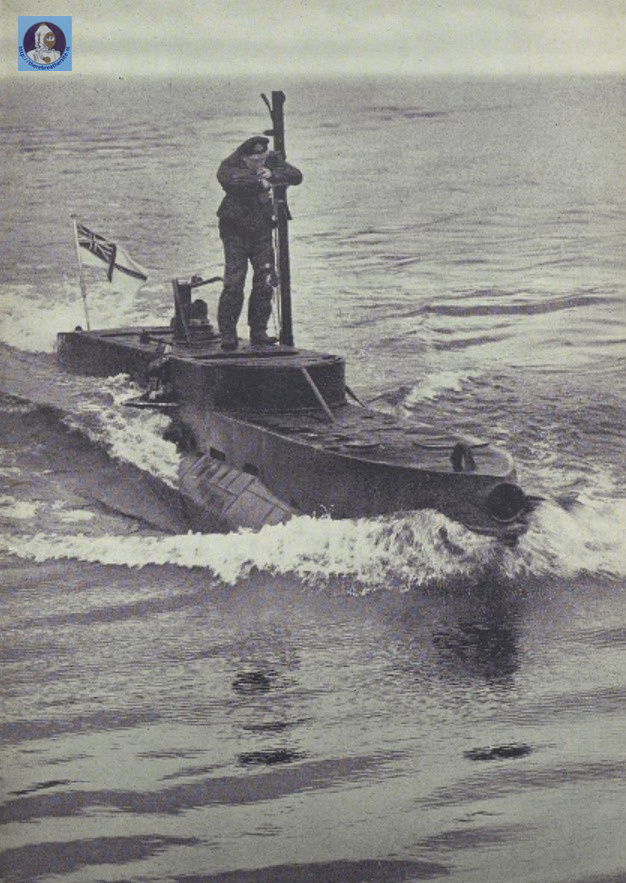
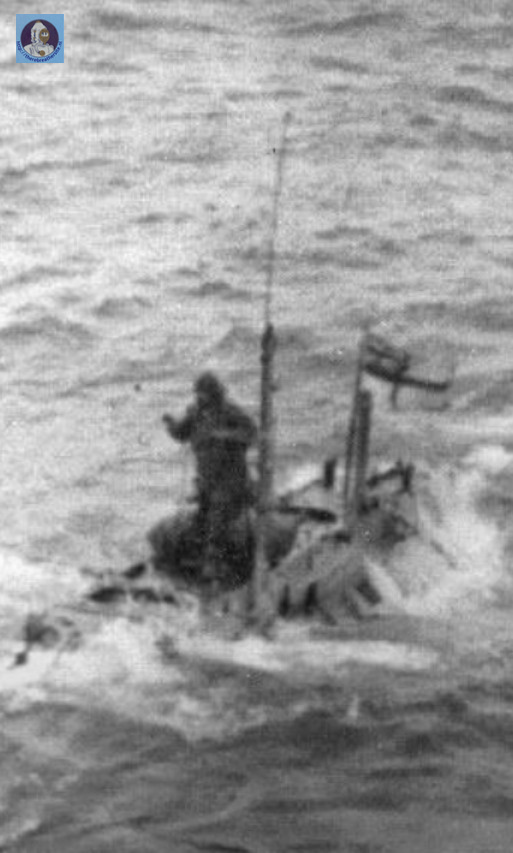
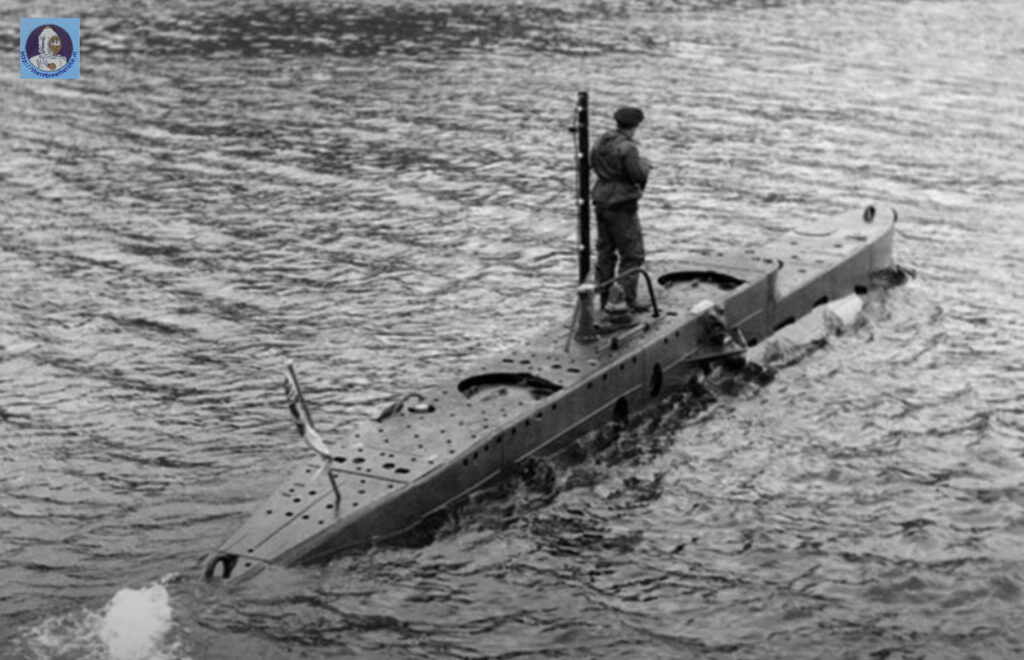
In the various books I have read on the subject, there are almost no details on the role of the watch-keeper. Siebe has developed a special suit for this purpose in which the diving set consists of a contralong worn over the shoulders and an oxygen set with cannister carried on the right hip.
For the collection of diving equipment, I would like to have more detailed descriptions of the suit, the Watch-keeper’s function and the performance of his duties. Should you have any additional information I would be happy to receive it. The images on this page are taken from the book Deepdiving and Submarine operations by Robert H. Davis, the book Midget Submarines by Paul Kemp, cut-outs from various video material and information from the fantastic book by James Magennis VC written by George Flemming.
Voor meer informatie is deze website bijzonder informatief: https://www.coppsurvey.uk/ and https://www.navalofficer.com.au/x-craft/
Excellent reads are: Midget Submarines by Paul Kemp ISBN 1 86176 042 6, Magennis VC by George Fleming ISBN 0-9533018-0-x

Therebreathersite was founded by Jan Willem Bech in 1999. After a diving career of many years, he decided to start technical diving in 1999. He immediately noticed that at that time there was almost no website that contained the history of closed breathing systems. The start for the website led to a huge collection that offered about 1,300 pages of information until 2019. In 2019, a fresh start was made with the website now freely available online for everyone. Therebreathersite is a source of information for divers, researchers, technicians and students. I hope you enjoy browsing the content!
